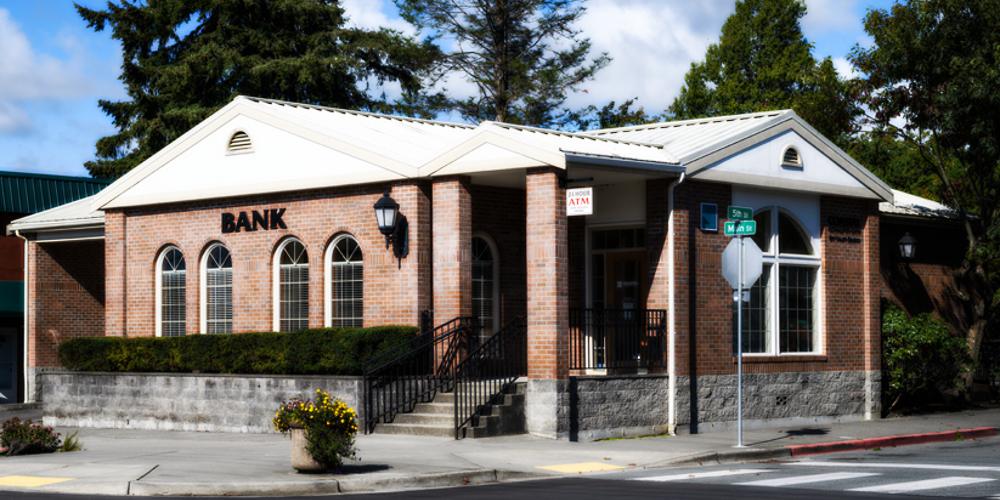![]() (Daily Caller)—Small community banks are feeling the brunt of the Federal Reserve’s interest rate hikes that were put in place to counter sky-high inflation under President Joe Biden, according to The Wall Street Journal.
(Daily Caller)—Small community banks are feeling the brunt of the Federal Reserve’s interest rate hikes that were put in place to counter sky-high inflation under President Joe Biden, according to The Wall Street Journal.
Following slow loan growth during the COVID-19 pandemic, community banks increasingly parked their assets in Treasury bonds, mortgage-backed securities and municipal bonds, which then lost value due to higher interest rates, leaving those banks with billions in unrealized losses, according to the WSJ. Interest rates rose due to the Federal Reserve hiking the federal funds rate to a range of 5.25% and 5.50%, the highest level in 22 years, in an effort to tame inflation that peaked under Biden at 9.1% in June 2022.
In the third quarter, more than 300 banks had 50% of their assets in securities, and 100 of those had more than 75%, according to the WSJ. In contrast, only 19% of all assets invested by American banks were held in securities in the middle of the year, indicating that the top banks that hold the majority of assets have less in securities.
Depositors have become increasingly cautious about where they place their money following a string of regional bank failures earlier this year, starting with Silicon Valley Bank (SVB), resulting in federal regulators seizing the bank’s assets. As a consequence, depositors have increasingly brought their money to bigger banks that they see as a safer bet, believing they are presumably immune from the same kind of bank runs that SVB and others saw.
Banks' unrealized losses grew in the third quarter, per Axios: pic.twitter.com/9H6owxoQrx
— unusual_whales (@unusual_whales) December 27, 2023
The dwindling depositors and the effect of unrealized losses have led to net income at community banks falling 20% in the third quarter, according to the WSJ. Community banks are often the key lenders in local economies, and without them, a crucial line of credit would disappear.
The Federal Reserve released their expectations for the new year at the most recent Federal Reserve Open Market Committee meeting, showing that the median consensus was a lowering of the Fed funds rate to 4.6% by the end of 2024. While that would still leave the rate relatively high, it could provide relief for some of the unrealized security losses that are weighing down many banks.
All content created by the Daily Caller News Foundation, an independent and nonpartisan newswire service, is available without charge to any legitimate news publisher that can provide a large audience. All republished articles must include our logo, our reporter’s byline and their DCNF affiliation. For any questions about our guidelines or partnering with us, please contact [email protected].
What Would You Do If Pharmacies Couldn’t Provide You With Crucial Medications or Antibiotics?
The medication supply chain from China and India is more fragile than ever since Covid. The US is not equipped to handle our pharmaceutical needs. We’ve already seen shortages with antibiotics and other medications in recent months and pharmaceutical challenges are becoming more frequent today.
Our partners at Jase Medical offer a simple solution for Americans to be prepared in case things go south. Their “Jase Case” gives Americans emergency antibiotics they can store away while their “Jase Daily” offers a wide array of prescription drugs to treat the ailments most common to Americans.
They do this through a process that embraces medical freedom. Their secure online form allows board-certified physicians to prescribe the needed drugs. They are then delivered directly to the customer from their pharmacy network. The physicians are available to answer treatment related questions.


